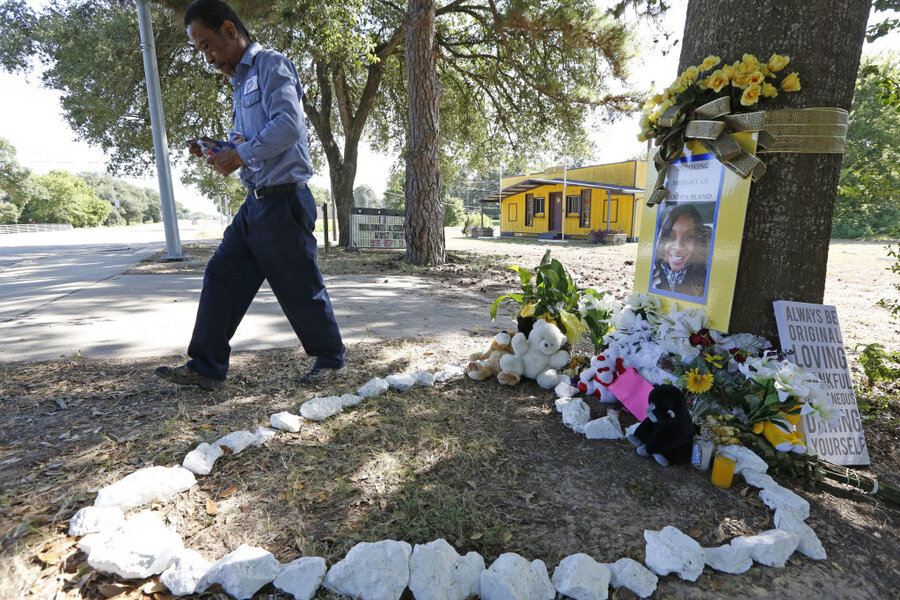Evidence of suicide mounts in Sandra Bland death
Loading...
The autopsy of Sandra Bland, the African-American woman found hanged in a Texas jail cell on July 13, suggests that her death was a suicide and not a homicide.
Although Ms. Bland’s family members said that she would not have taken her own life, and suggested that her death may have been a homicide, the autopsy showed that the marks around Bland’s neck were consistent with suicide by hanging, officials confirmed. Her body also showed no signs of injuries sustained during a struggle, a Waller County prosecutor said.
Bland reportedly confessed to jailers that she had attempted to commit suicide in the past, leading some to question why these revelations did not prompt a suicide watch.
“Some critics, including Texas state Sen. Royce West (D), have asked if action was not taken to monitor Bland if she had been deemed suicidal. If an inmate is placed on suicide watch, face-to-face check-ins occur every fifteen minutes, rather than the usual hourly checks,” The Christian Science Monitor reported Thursday.
“Bland’s body was discovered more than 90 minutes after the previous check-in.”
Numerous inconsistencies were also discovered in the booking documents filled out for Bland subsequent to her arrest. Some of the documents reveal that Bland told jail officials she had tried to commit suicide in 2015 after having a miscarriage. Another form filled out by a separate employee at the prison mentioned the suicide attempt but stated that it was in 2014.
Authorities have said the contradictions in the jail documents were due to Bland's inconsistent answers to jailers' questions.
A woman who was in the jail cell next to Bland said that she was emotional and had cried frequently during the three nights she spent in prison prior to her death. Nevertheless, Bland’s family members maintain that she was excited about the prospect of starting a new job and that she would not have committed suicide.
This report includes material from The Associated Press.








